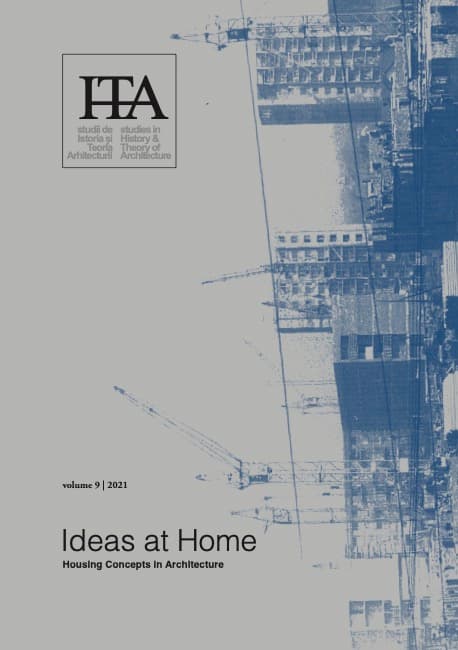Floor Area. Customizing the Socialist Standard of Good Life in a Soviet Summer Cottage
by
Epp Lankots
Keywords
Soviet leisure
summer houses
minimum dwelling
Estonian architecture
late socialism
“Floor area” was one of the key terms in Soviet housing programs. It designated the materialization of a socialist utopia by means of the standardization and industrialization of construction: the essential requirements for the healthy life of each Soviet citizen were reduced to an architectural measure of just nine square meters of “floor area.” Adapted from the panEuropean idea of minimum dwelling, the term acquired widespread usage when in 1957 Khrushchev initiated a program that aimed to solve the housing problem in the Soviet Union by providing every family with a separate flat. By the 1970s, floor area came to stand for the total unification of housing across the whole Soviet territory. However, the creative potential of the floor area idea re-emerged in the Soviet Union in a rather different context: the individual small-scale construction of summer houses.
This paper explores how the summer houses contested the floor area limitation via various architectural means and as such transformed the everyday environment and the experiences of the people living in standardized flats in the city. It will do so by examining the modernist summer houses built in Estonia during the late-Soviet period. The paper argues that these summer houses were a peculiar kind of appropriation of the two pillars of the Soviet housing question — the minimal living space and single-family occupancy — whereby the utopian dimensions of proletarian living were replaced with privacy, leisurely lifestyle, and aspirational material self-affirmation.
Published in

Chicago citation style
DOI:
10.54508/sITA.9.05